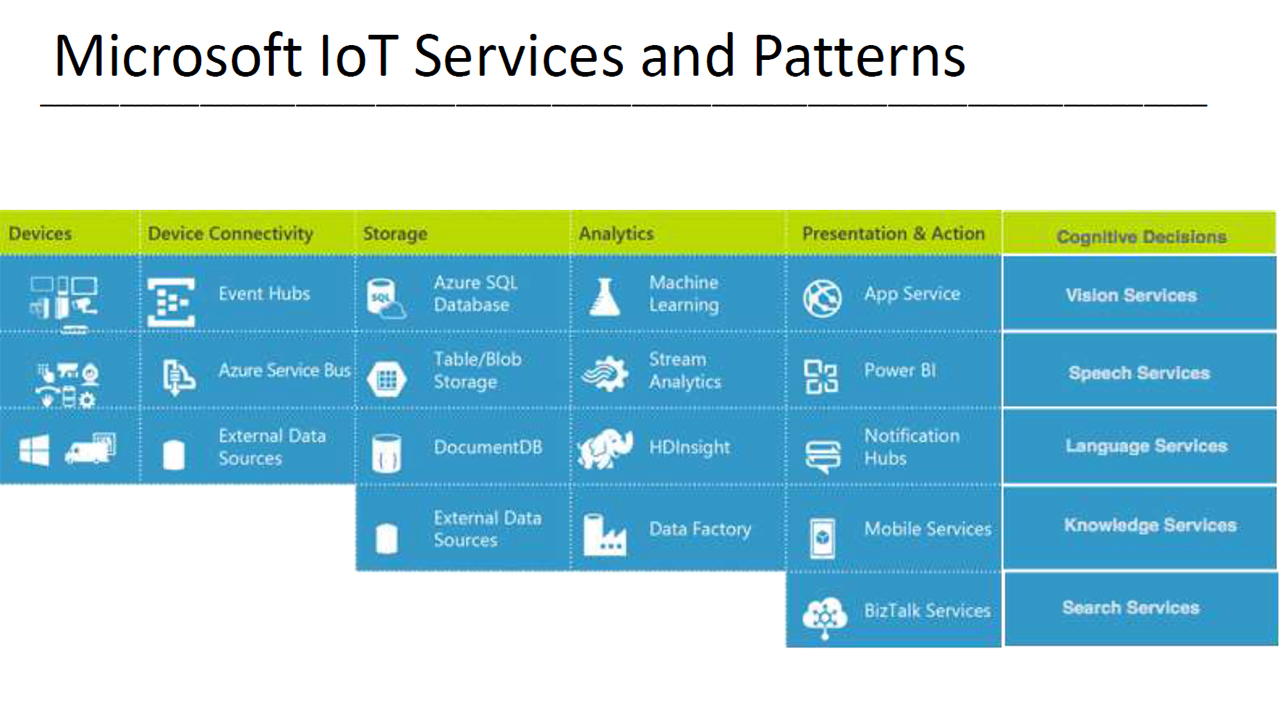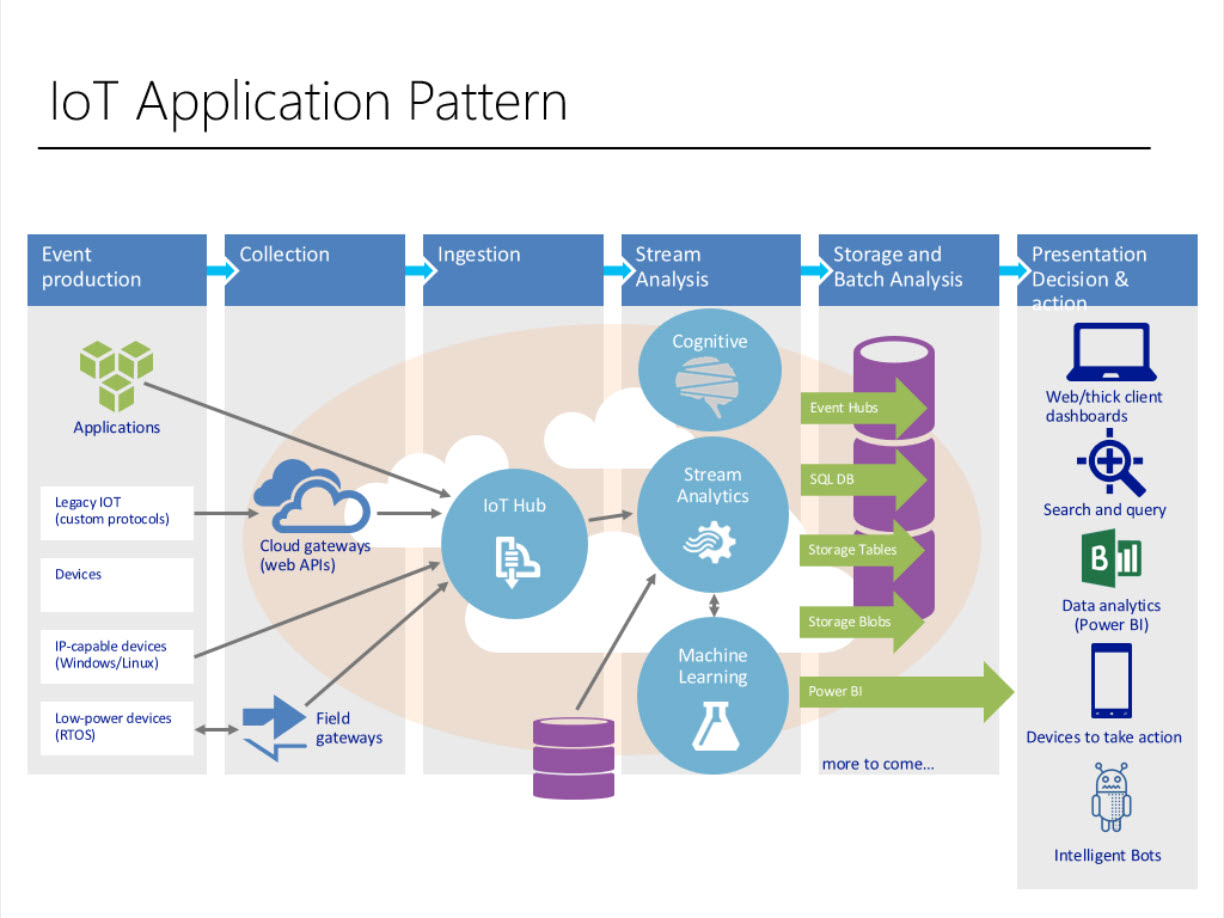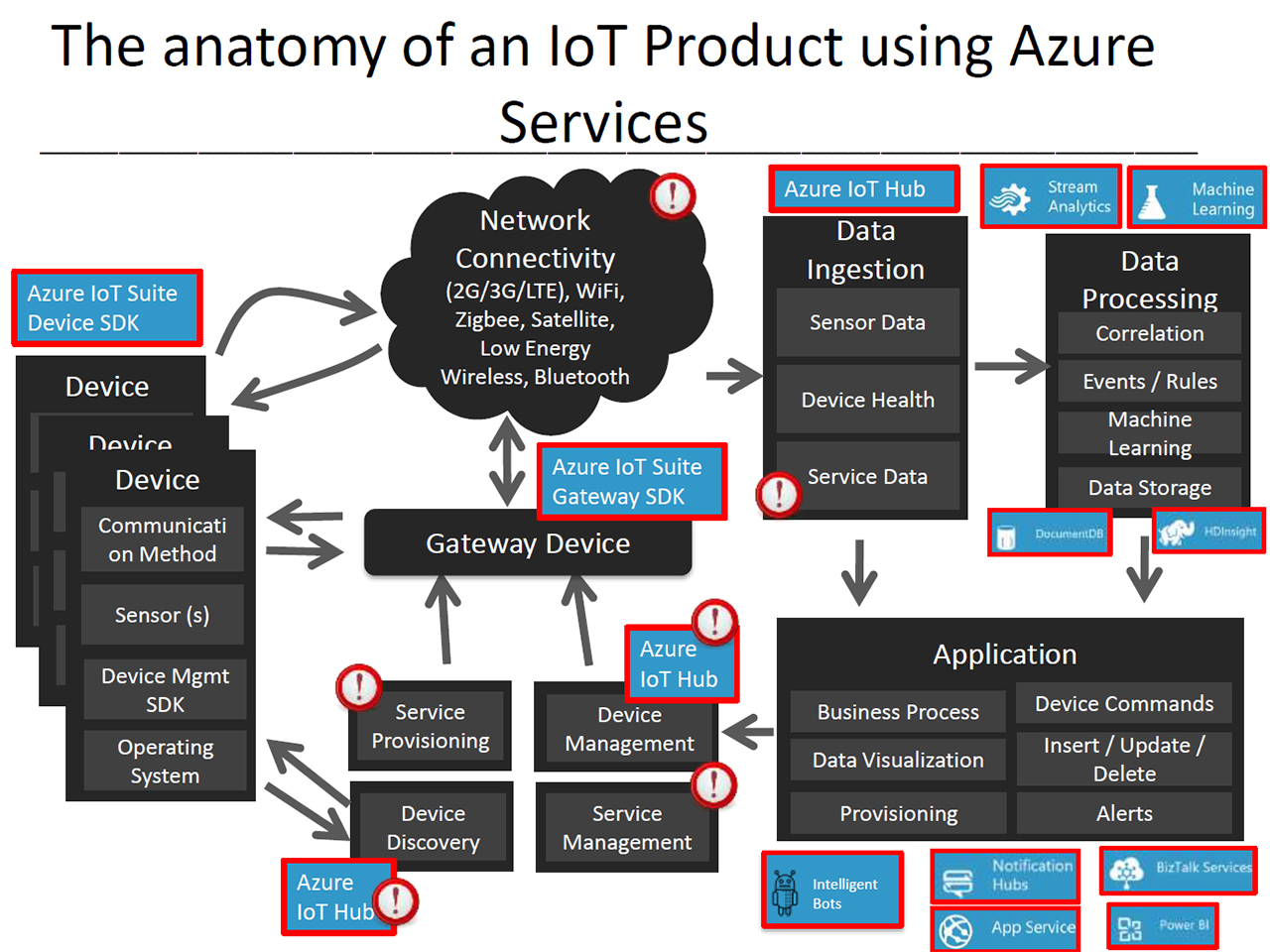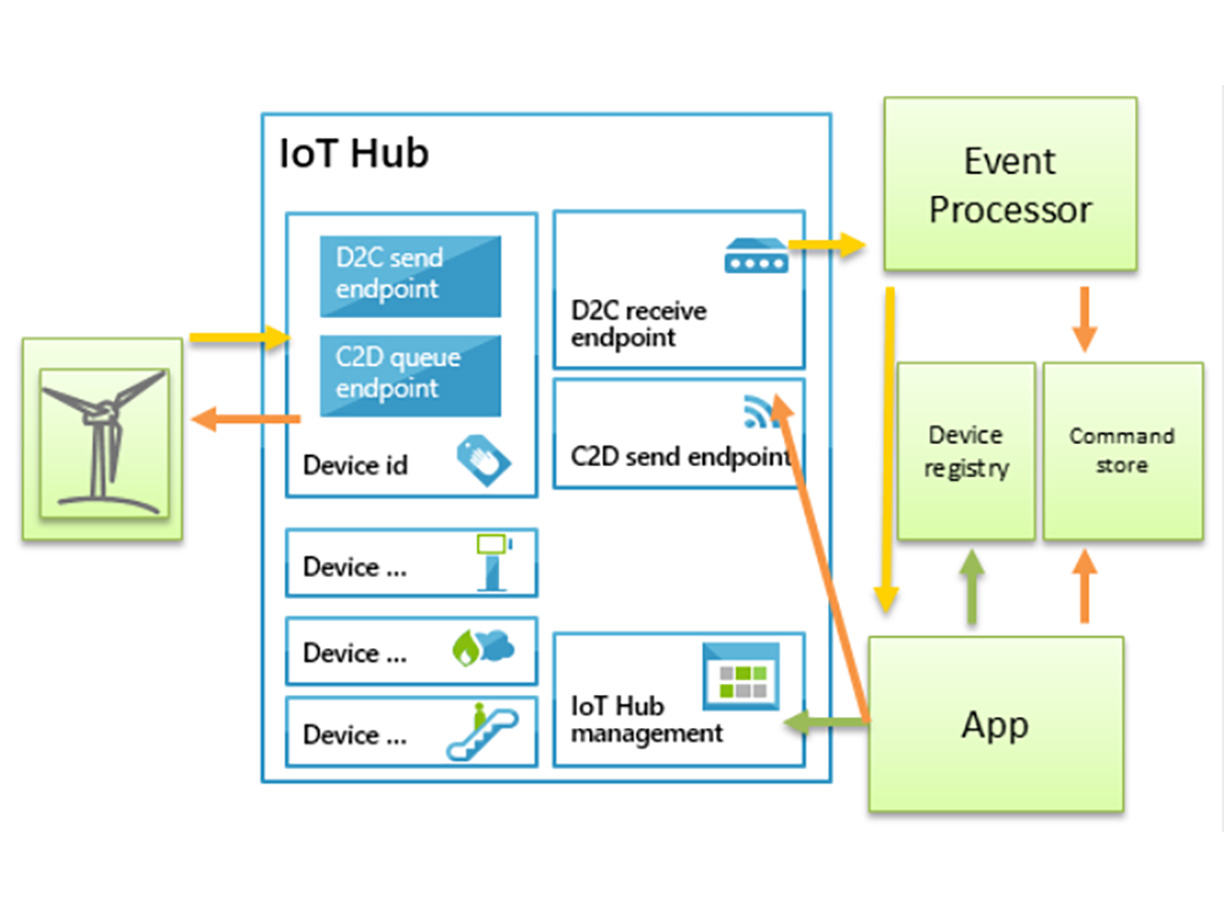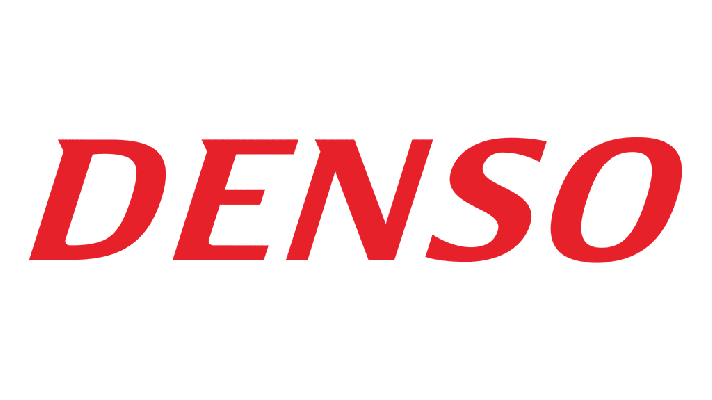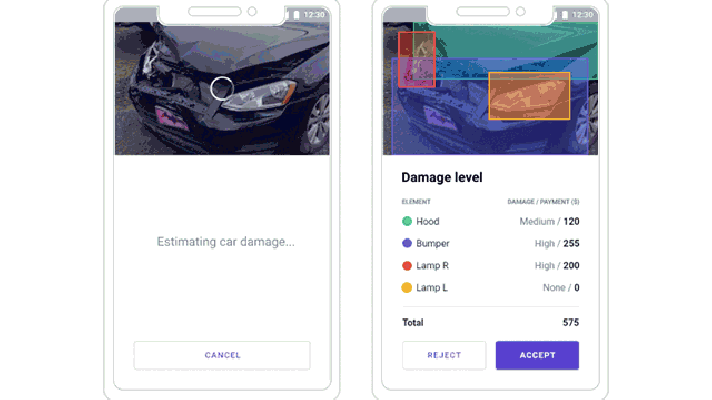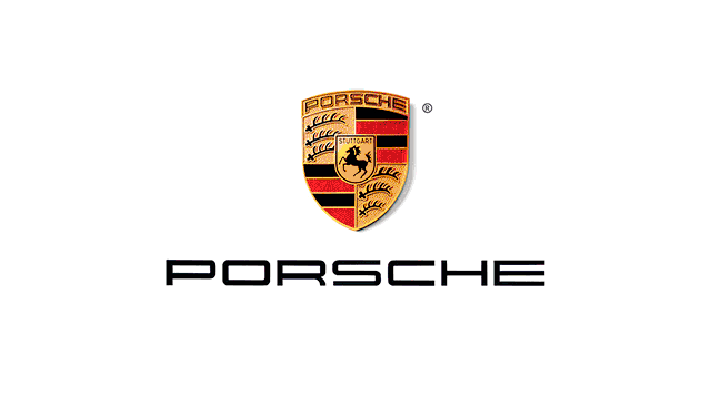A Possible Anatomy of a GE Predix App Using Microsoft IoT Services
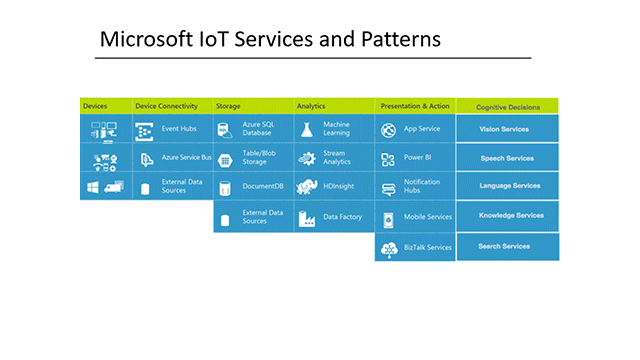
Bringing Azure to Predix
On July 11, 2016, Microsoft and GE announced a strategic collaboration in the IoT area. In brief, GE and Microsoft plan to integrate Predix with Azure IoT Suite and Cortana Intelligence Suite—along with other business apps, such as Office 365, Dynamics 365, and Power BI—in order to connect industrial data with business processes and analytics.
According to the GE report, “Azure will give industrial companies already using Predix additional muscle in areas such as artificial intelligence, advanced data visualization, and natural language technology.” For example, an enterprise using GE’s Asset Performance Management software will have the opportunity to talk with systems—such as supply chain management and product life cycle management apps running on Azure—to reap greater value from the Industrial Internet.
On the other hand, the partnership will give companies using Microsoft’s Azure a platform to build apps using the data from industrial assets running on Predix. This blog post by Lothar Schubert of GE explains what it means for developers.
Nevertheless, before you engage directly with GE Predix, you need to have thought out your IoT strategy and architecture. This was the message delivered at a recent Predix meetup in Chicago by Raheel Retiwalla, a Principal Architect at BlueMetal.
Key aspects of an IoT app on Azure
Raheel focused on the variety of Microsoft IoT services and patterns that Predix developers may include into their IoT strategy after the integration with Azure happens. Together with his colleagues at BlueMetal, Raheel found that “leveraging cloud PaaS services enables many business models possible today.”
Raheel made note of a typical application pattern on Azure IoT. The model has several key areas: event production, collection, ingestion, stream analysis, storage and batch analysis, and presentation decision and action.
Noting the role of intelligence—whether thought of as artificial or machine one—Raheel told the attendees they “can differentiate with intelligent solutions and cognitive understanding.” Work to have deployments “perceive, see, hear, and learn,” he said.
A sample scenario: automotive
After going over these fundamentals, Raheel presented a sample IoT scenario, involving a simulated car device. The idea was to get Azure services to work together on device registry, data simulation, stream analytics, with a SQL Azure database, and Power BI reports.
Raheel outlined under-the-hood mechanisms and workflow of a simulated device:
- It emits telemetry every second, also tracking the engine status.
- At the provisioning stage, the device registry queries devices and tracks provisioning. The device identity and key are stored in the Azure IoT Hub.
- When the device emits telemetry, event processor receives it and updates portal visualization.
- Finally, the app sends commands to devices. The command life cycle is stored in the device registry.
GitHub repos used for the demo:
Raheel said that his next step is to work with members of the Azure and Predix communities “to build models that leverage Predix and Azure.”
Plans for the future
So, Azure will support the growth of the entire industrial IoT ecosystem by offering Predix customers access to the largest cloud footprint available today—along with data sovereignty, hybrid capabilities, and advanced developer and data services.
It was announced that a developer preview is due to be released toward the end of 2016 and Predix on Azure is supposed to be commercially available by the second quarter of 2017.
Want details? See the slides!
Related video
In this video, Microsoft’s Shivanshu Upadhyay briefly compares the functionality of Predix, Azure, and Oracle Cloud—utilized as IoT platforms.
Further reading
- A Challenging Path to Building Predictive Analytics into IIoT Deployments
- GE Predix and the DDS Standard Transform Healthcare, Control Robots
- Cloud Foundry on Microsoft Azure Is Closer to General Availability
About the expert
This post was written by Roger Strukhoff, Alex Khizhniak, and Sophie Turol.




